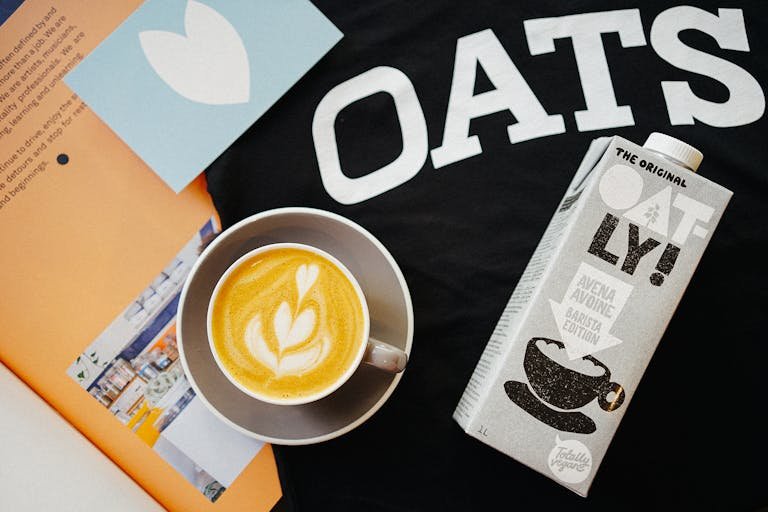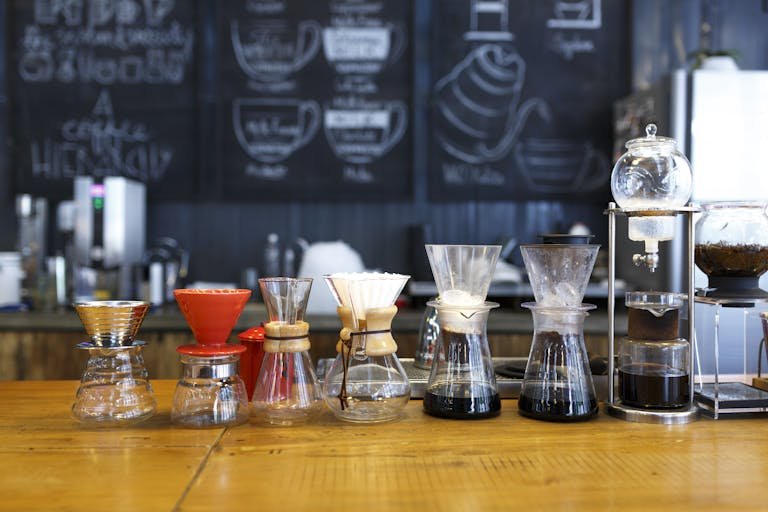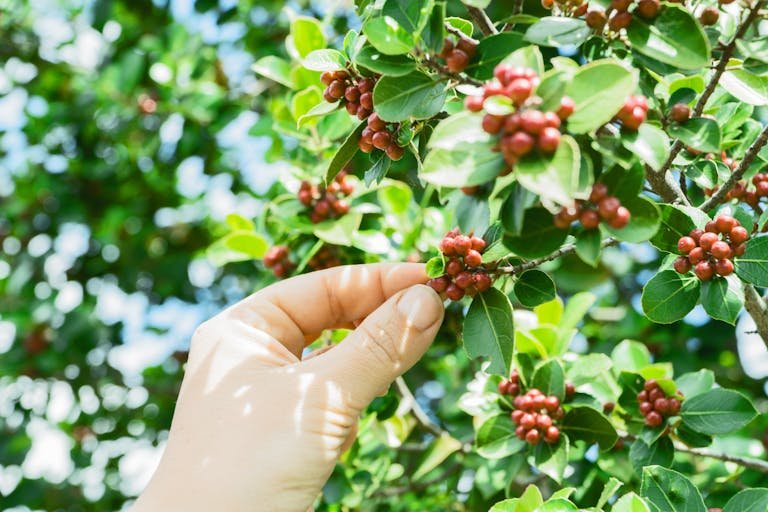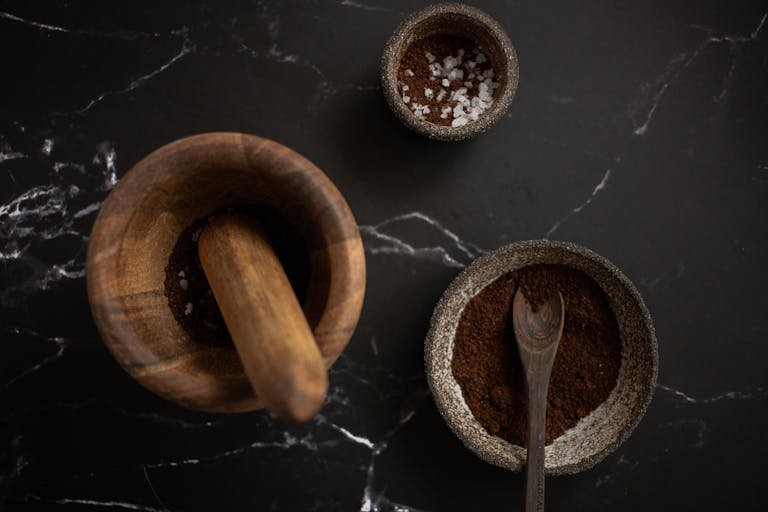Lattes have become a beloved staple among coffee enthusiasts worldwide. The creamy texture and rich flavor create a luxurious coffee experience that is hard to resist. But did you know that the type of milk you choose can make or break your perfect cup? In this post, you’ll explore the best milk for a latte, examining how different milk types affect flavor, texture, and nutritional value. We’ll also provide insights for health-conscious consumers and recommendations for creating stunning latte art.
Exploring Popular Latte Milk Types
Understanding the variety of milk options available is essential for crafting the perfect latte. Here’s a closer look at some of the most commonly used milk types:
Whole Milk
Whole milk is the traditional choice for lattes. Its high-fat content provides a rich, creamy texture that enhances the coffee’s flavor.
Skim Milk
For those looking to cut calories, skim milk is a common alternative. It lacks the richness of whole milk but still froths well, creating a lighter latte.
Soy Milk
Soy milk is a popular plant-based option, known for its smooth texture and slightly sweet taste. It’s a great choice for those who are lactose intolerant or looking for vegan alternatives.
Almond Milk
Almond milk offers a nutty flavor and is low in calories. However, it can be tricky to froth, sometimes resulting in a less creamy texture.
Oat Milk
Oat milk has surged in popularity due to its creamy consistency and neutral flavor. It froths well, making it an excellent choice for both taste and texture.
Comparing Nutritional Values
When choosing the best milk for a latte, understanding the nutritional differences is vital. Here’s a comparison of the primary milk types:
Whole Milk Nutritional Profile
Whole milk is rich in protein, fat, and essential vitamins like vitamin D and calcium. While it offers a full-bodied flavor, it is also higher in calories.
Skim Milk Nutritional Profile
Skim milk provides the same vitamins and calcium as whole milk but with fewer calories and less fat. It’s a suitable option for those watching their calorie intake.
Soy Milk Nutritional Profile
Soy milk is high in protein and often fortified with vitamins and minerals. It contains healthy fats and is lower in calories than whole milk.
Almond Milk Nutritional Profile
Almond milk is low in calories and fat but lacks the protein content found in whole or soy milk. It’s often fortified with calcium and vitamin D.
Oat Milk Nutritional Profile
Oat milk is a well-rounded option, offering a good balance of calories, fat, and protein. It naturally contains some fiber and is often enriched with vitamins and minerals.
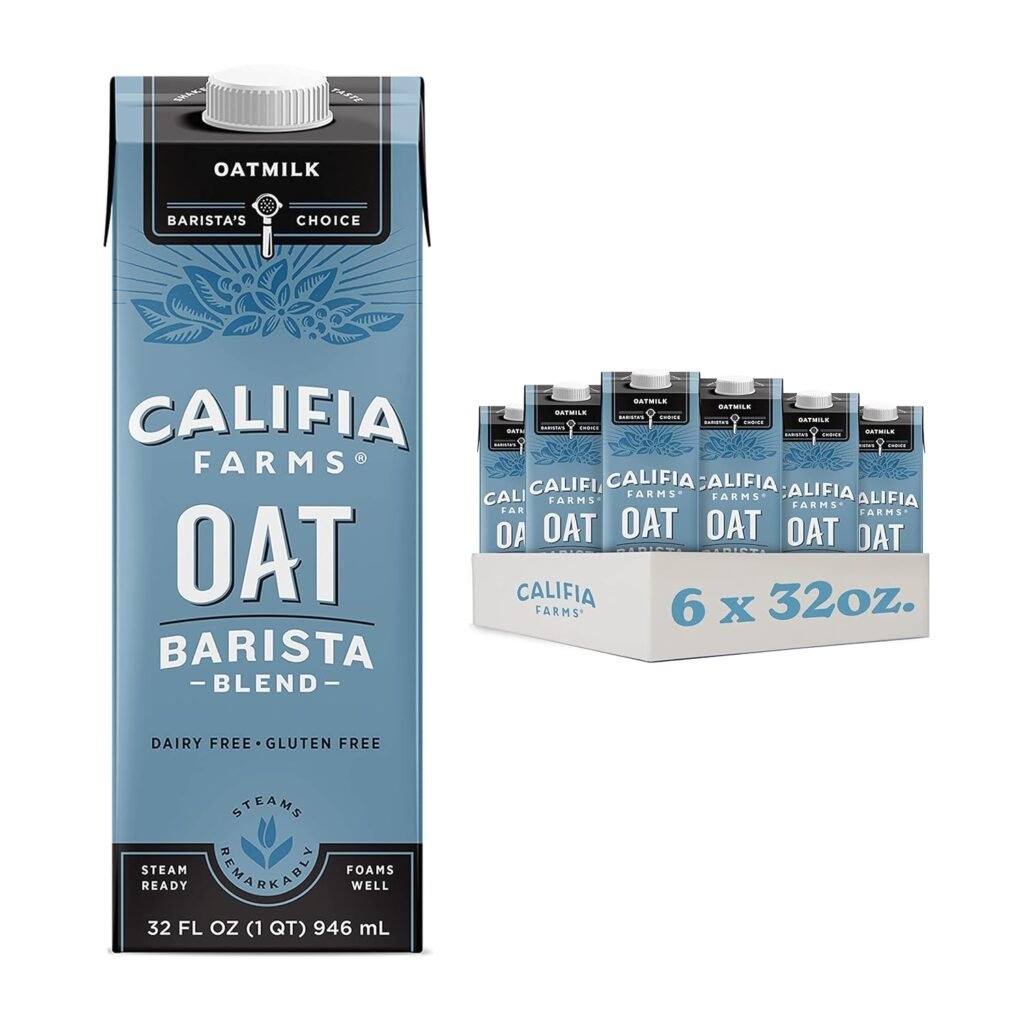
Califia Farms – Oat Barista Blend Oat Milk, 32 Oz (Pack of 6), Shelf Stable, Dairy Free, Plant Based, Vegan, Gluten Free, Non GMO, High Calcium, Milk Frother, Creamer, Oatmilk
Flavor, Texture, and the Overall Latte Experience
The milk you choose profoundly impacts the flavor, texture, and overall experience of your latte. Here’s how each milk type stacks up:
Whole Milk for Richness
Whole milk adds a creamy, rich flavor that many coffee lovers adore. Its high-fat content creates a velvety texture that complements the coffee’s boldness.
Skim Milk for a Lighter Option
Skim milk results in a lighter, less creamy latte. It maintains a smooth texture without the added richness, perfect for those seeking a lower-calorie option.
Soy Milk for Sweetness
Soy milk introduces a subtle sweetness that pairs well with coffee. Its smooth texture makes it a great dairy alternative, though it may impart a slightly different flavor.
Almond Milk for Nutty Notes
Almond milk adds a unique, nutty flavor to your latte. While it can sometimes be challenging to achieve the perfect froth, it offers a distinct taste experience.
Oat Milk for Creamy Consistency
Oat milk is celebrated for its creamy texture and neutral flavor. It froths beautifully, creating a latte that rivals those made with whole milk.
Read Also: What is a Spanish Latte? Uncover the Magic
The Best Milk for Latte Art
Creating stunning latte art requires milk that froths well and maintains its texture. Here’s how different milk types fare:
Whole Milk for Perfect Froth
Whole milk’s high-fat content makes it ideal for latte art. It produces a dense, creamy froth that holds its shape well.
Skim Milk for Light Foam
Skim milk also froths well but creates a lighter foam. It’s suitable for latte art but may not hold intricate designs as effectively as whole milk.
Soy Milk for Stable Froth
Soy milk can produce a stable froth, though getting the right consistency may require some practice. It can create beautiful latte art but may not be as forgiving as dairy milk.
Almond Milk for Challenging Froth
Almond milk can be tricky to froth due to its low-fat content. With the right technique, however, it can produce decent froth suitable for simple latte art.
Oat Milk for Reliable Froth
Oat milk is one of the best plant-based options for latte art. Its creamy texture froths well, making it a favorite among baristas for creating intricate designs.
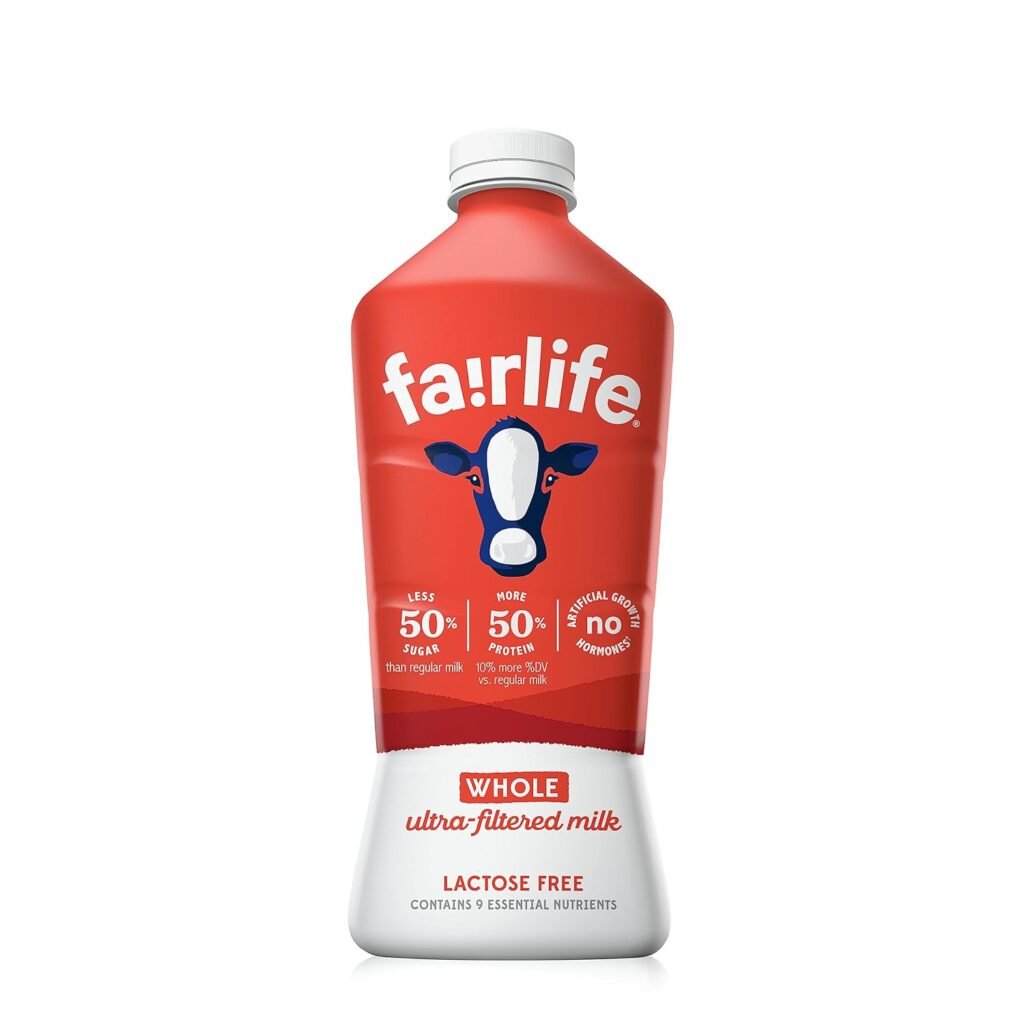
Fairlife Whole Fat Ultra-Filtered Milk, Lactose-Free, 52 Fl Oz
Considerations for Health-Conscious Consumers
Health-conscious consumers often have specific dietary needs and preferences. Here’s how different milk types cater to these considerations:
Lactose Intolerance
For those who are lactose intolerant, soy, almond, and oat milk are excellent alternatives. They provide similar textures and flavors without the discomfort associated with lactose.
Allergies
Always be mindful of potential allergies. Almond milk, for example, is not suitable for those with nut allergies. Soy milk may also cause reactions in individuals allergic to soybeans.
Nutritional Goals
Consider your nutritional goals when choosing milk for your latte. Whole milk provides a rich flavor but is higher in calories and fat. Plant-based options like almond and oat milk offer lower-calorie alternatives with unique nutritional benefits.
Read Also: Elevate Your Latte Art: Discover the Perfect Milk
Recommendations for the Best Milk for Lattes
Based on various criteria, here are our recommendations for the best milk for lattes:
Best for Flavor
Whole Milk – Its rich, creamy texture enhances the coffee’s flavor, creating a luxurious latte experience.
Best for Health
Oat Milk – Offers a balanced nutritional profile with a creamy consistency, making it a great choice for health-conscious consumers.
Best for Latte Art
Whole Milk – The high-fat content produces a dense froth that holds intricate designs well.
Closing Words
Choosing the best milk for a latte is a personal decision that depends on your taste preferences, dietary needs, and desired latte experience. From rich and creamy whole milk to health-conscious oat milk, there’s an option for everyone. Enjoy your lattes!

